FAQs
What is a physical restraint?
A physical restraint is an item that is used to purposefully restrict a patient’s bodily movement. Pinel Medical restraints are, for example, considered a physical restraint.
What is a 4-point restraint?
There can be many combinations classified as a “4-point restraint” depending on the facility’s policies. It usually refers to four points of a patient’s body being secured, referring to the four limbs (including feet and hands).
Are there different types of restraints?
Yes, there are two basic categories of restraints: hard restraints and soft restraints.
Hard restraints are generally made from leather material. They are very strong and tend to be used on more aggressive patients. Soft restraints are generally disposable and made from lighter or weaker materials, such a vinyl.
Pinel is a unique combination of both hard and soft restraints, since it is made from a material, Kevlar™, that is both very strong (it is used to make bullet-proof vests, after all) but also comfortable on patients’ skin.
How do you use a gait belt?
Gait belts, also known as waist belts, are used to give staff more control over a patient’s movements, while still allowing them to be mobile and comfortable.
Pinel allows the waist gait belt to be detached easily and used as gaits between beds, stretchers and chairs. It can also be used as a rotational waist belt.
Hospitals and medical facilities have different policies and guidelines on how gait belts are to be used. Please refer to your facility’s individual rules and regulations around the use of gait belts.
How do you tie and untie restraints from a patient?
We believe that restraining a patient is a last resort, and also should be used with the goal of de-restraining them as soon as possible. This is a unique method that we call the De-Restraint Process. Here’s briefly how it goes:
Stage 1: Place the utility strap on the shoulders and Velcro™ the limbs in 30 seconds.
Stage 2: For complete security, pass the strap over the limb buckle and secure in the middle.
Stage 3: Incremental adjustments allow the patient more mobility, with the goal of releasing them faster.
You can read more about it here.
How do you properly apply wrist restraints?
Using just the Velcro™: Grab the Grey tab on the black Velcro™ portion. Angle restraints away from the hand to follow the curve of the wrist.
Using the overlap strap: For added security, pass the short strap over the cuff, through the buckle – join the other strap over the belly.
How often should restraints need to be removed?
As we mentioned earlier, our goal is to be able to remove restraints as soon as possible. But in some cases that is just not possible. And that is why our special blend of materials offers a more comfortable and secure restraint solution that can be worn longer.
Our butterfly cuff is angled to provide a tight and even pressure across the wrist. This allows the restraint to be applied longer than traditional restraints. This can depends on the hospital’s policy.
How do you restrain a patient who is experiencing a violent episode?
This type of situation is dangerous for both the patient, other patients at your facility, you’re your staff. The goal is to restrain the patient as quickly as possible.
Using Pinel’s unique system, you can restrain a violent patient in 30 seconds. First, apply the long utility strap over the shoulders to control the upper body. Other team members can apply the limb straps using the quick Velcro™ fasteners. For extra security and strength, join the limb straps with our patented locking system.
The next step is easy!
Book a free consultation with us and we’ll get you matched with the right samples for your scenario.
